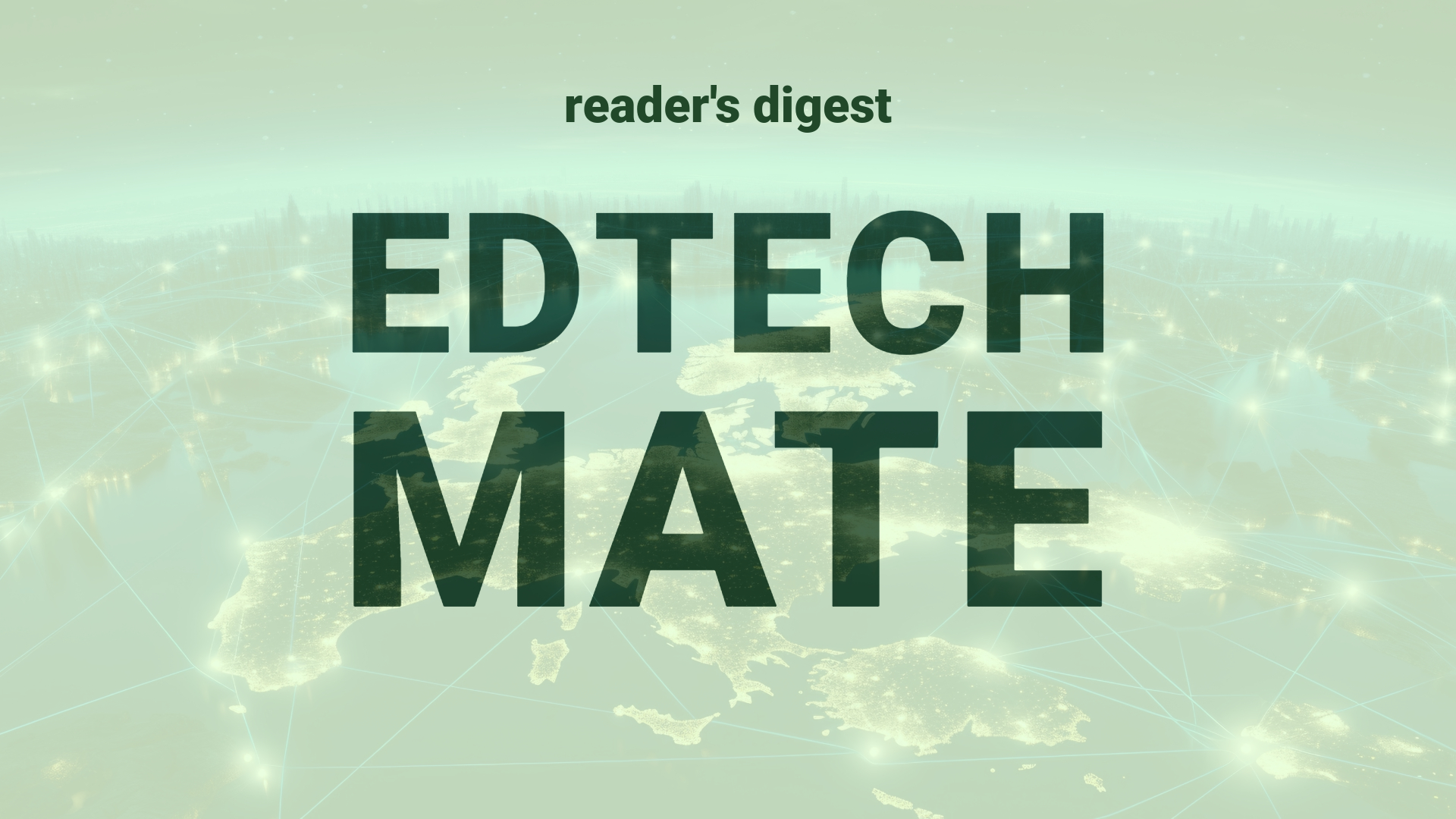“`html
Executive Summary and Main Points
The narrative of Judy Balaban, a trailblazer in leveraging visibility for career progression, underscores the transformative power of establishing a professional brand. Within the context of global higher education, this story magnifies the significance of personal branding and strategic networking for educators and academic leaders. Key innovations in career development, demonstrated by Balaban’s experience, point towards a deliberate cultivation of visibility as essential to achieving professional success and fostering gender equity in leadership roles.
Potential Impact in the Education Sector
Implementating Balaban’s approach to visibility could be profound in the education sector. In Further Education and Higher Education, institutions could see a rise in faculty and leadership influence both internally and externally by encouraging active participation in professional organizations. Micro-credentials could gain value as educators become recognized experts, leading to more strategic academic partnerships and digitalization of curricula. Visibility might evolve as a component of faculty development programs, harnessing both traditional and online platforms to boost educators’ thought leadership.
Potential Applicability in the Education Sector
AI and digital tools present innovative applications for enhancing visibility in the education sector globally. Educators could leverage AI-driven content curation to establish thought leadership in their respective fields. Digital platforms can facilitate cross-institutional collaboration, enabling educators to contribute to and lead discussions on global education policy and innovation. These tools could also aid in diversifying speakers and panelists, ensuring a broader representation of women and minorities in academic forums.
Criticism and Potential Shortfalls
While the pursuit of visibility has its merits, it imposes potential pitfalls. Proponents of privacy and humility in academia may critique the emphasis on personal branding as detracting from genuine scholarly contribution. Ethically and culturally, overemphasis on visibility could marginalize educators less inclined to self-promotion due to personal beliefs or societal norms. Comparative international case studies may reveal discrepancies in the effectiveness of visibility strategies, indicating that what works in one cultural context may not translate universally. Additionally, excessive focus on visibility could inadvertently minimize the importance of collective achievements in educational initiatives.
Actionable Recommendations
To harness the benefits of visibility in higher education, leaders should encourage educators to engage with professional organizations and contribute academically relevant digital content. Institutions can offer workshops on personal branding and digital literacy, partnering with industry experts to guide educators on effective online engagement. Such engagement must be balanced to avoid overexposure and maintain focus on educational quality. Academic leaders can actively nominate diverse candidates for high-profile projects and speaking engagements to foster inclusive visibility that empowers underrepresented voices in global education.
“`
Source article: https://www.cio.com/article/2066615/women-it-leaders-take-center-stage.html

